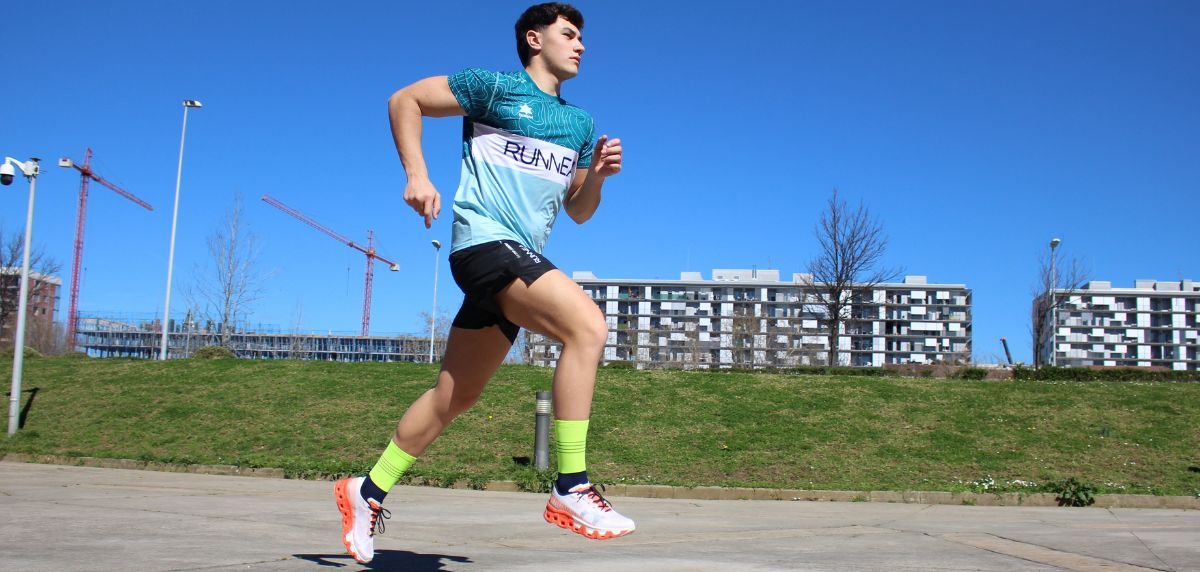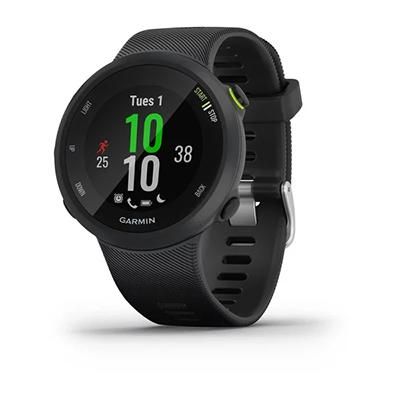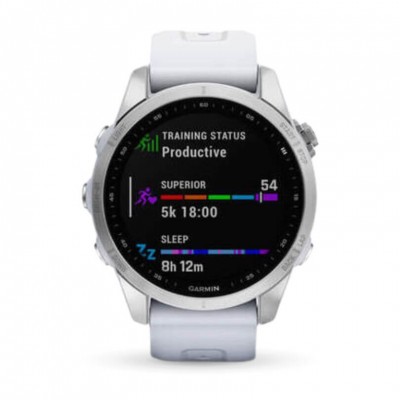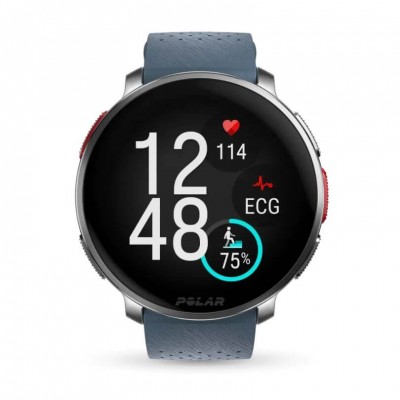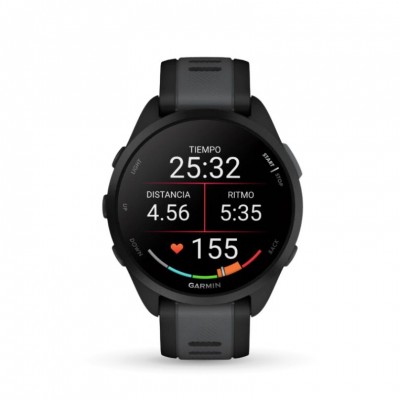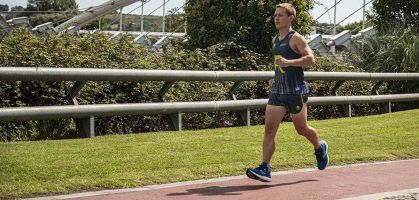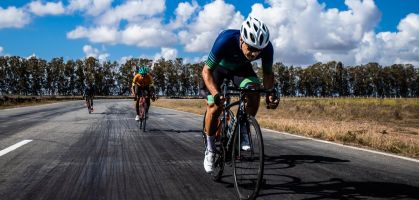If you have set yourself the goal of losing weight, it is very likely that at some point you have searched on Google how to lose weight running? or how much weight can I lose running? There is a very clear evidence that corroborates all physical trainers and nutritionists, running helps to burn fat. But this is too generic a phrase and requires a deeper and more detailed approach to help us understand when I should run to burn more calories or at what pace.
That's why in this report we want to talk to you about the "Fat Max" concept. If you are a regular listener to the RUNNEA podcast, you are probably familiar with the term. Javier Guerrero, nutritionist of top professional athletes and CEO of INDYA explained it to us in the talk we had with him a few weeks ago (I leave you the podcast in case you are interested in listening to it). If we combine the Fat Max method with shorter high intensity sessions, we have the most effective fat burning formula according to science.
What is Fat Max?
Well, to put it in simple terms, the 'Fat Max' is the intensity of exercise at which our body burns the maximum amount of fat. It's about finding the perfect running pace, where we are burning fat most optimally.
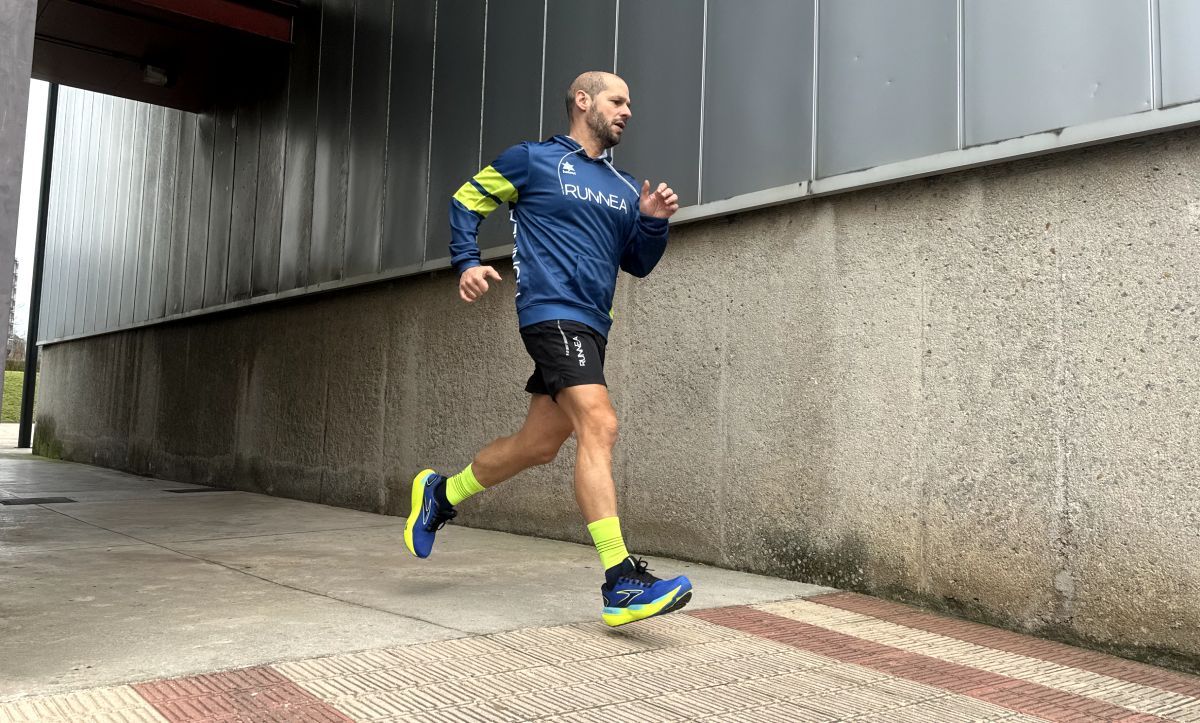
'Fat Max' is a term used in exercise physiology that identifies the optimal point at which our body burns the most fat during exercise. It is not a fixed valor, but varies between individuals. The good news is that it is usually found at a moderate intensity, generally between 50% and 70% of our maximum capacity, which corresponds to a level of effort where for example we will still be able to hold a conversation without much difficulty. Knowing our 'Fat Max' allows us to optimize our workouts to burn fat more effectively.
Javier Guerrero says that, in terms of training, the 'Fat Max' is generally around 62-63% of our VO2max or our maximum heart rate.
Finding this range of maximum fat burning optimization is not only important for people who want to lose weight, it is also key for more experienced runners. First, for athletes seeking a low body fat percentage, maximizing fat burning is essential. But it is also critical for endurance athletes who want to preserve muscle glycogen in certain workouts, which is a key fuel for performance and depletes faster than fat stores.
According to Javier Guerrero, "when we use running as a way to lose weight, the first thing people have to understand is that the weight or the improvement in body composition is going to be found because a caloric deficit is generated. That is, if I run but then I am eating like an animal, we are not going to lose weight. In other words, we are going to generate a lot of stress to the body but we are not going to get the result."
Not sure which shoe to choose?
In a few simple steps we help you to choose the ideal running shoe for you.
GO TO THE RECOMMENDERHow to identify our Fat Max

Lab tests
The most accurate way to determine your 'Fat Max' is through testing in an exercise physiology lab. These tests measure your oxygen consumption and carbon dioxide production while exercising at different intensities. From this data, the respiratory quotient (RER) is calculated, which indicates what ratio of fat to carbohydrate you are burning. The point where fat burning is maximal is identified as your 'Fat Max'.
Estimates based on heart rate
If you don't have the ability to take this test, a practical approach is to use your heart rate to estimate your 'Fat Max'. As I said, this is between 60 and 70% of your maximum heart rate (MHR). You can calculate your MHR with a stress test or approximately with a test in which you run 3 kilometers at the maximum possible intensity (after having warmed up properly). Another rather less accurate way is to subtract your age from 220 and multiply this number by 060 and 0.70 to get your 'Fat Max' heart rate range.
Feelings and perceived level of exertion
Another way to approximate your 'Fat Max' is through your perceived level of exertion. In the 'Fat Max' zone, you should feel that you are working, but not overworked. You should have the feeling that you can hold a long run and carry on a conversation without difficulty without feeling overly fatigued. This method is rather less precise but useful for those who start running with the aim of losing weight.
Regardless of which method you choose to identify your 'Fat Max', it is very important to monitor your progress. Track your average heart rate, the duration and intensity of your workouts, and observe how your ability to exercise in this 'Fat Max' zone changes over time. As your fitness improves, you'll see your paces get faster while maintaining that 'Fat Max' exertion zone and increasing fat burning.
Sample Fat Max training plan for a beginner runner
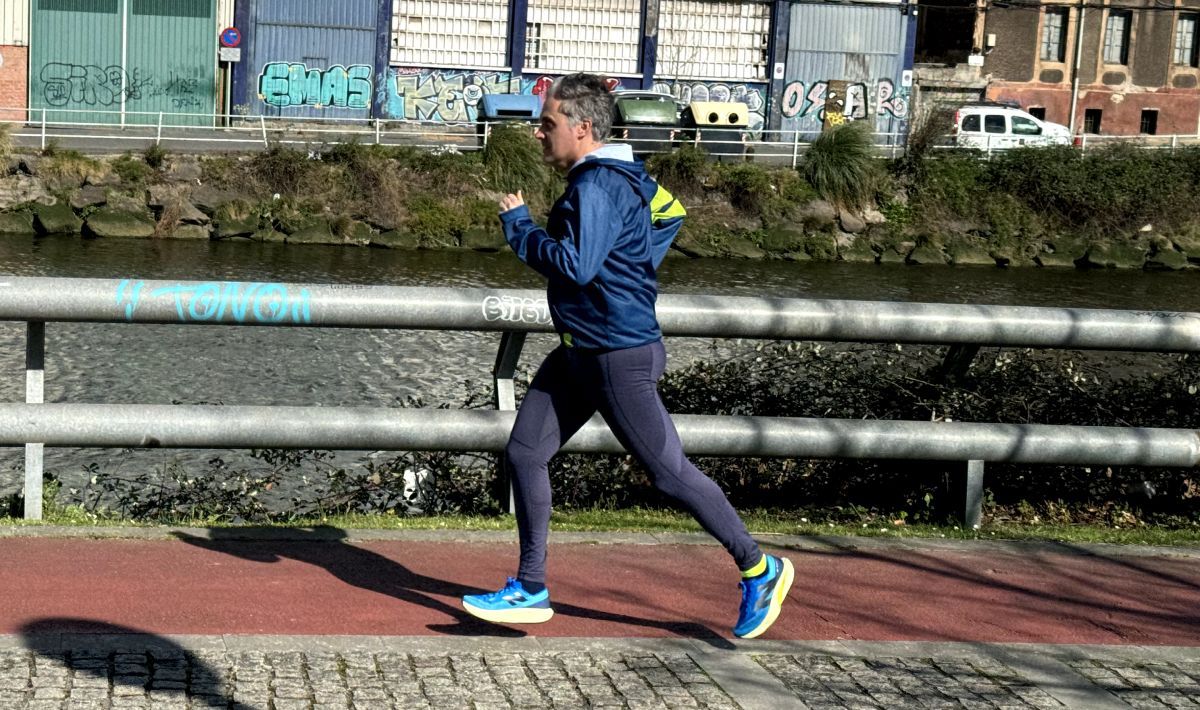
First of all it is important to note that this is not about a personal training plan. It is an example of how a training plan might be structured for a healthy person. It is very important to consult with your doctor if you are ready to run without risk to your health. It is also advisable to consult with a qualified trainer who can customize your training.
This sample plan is designed to seek the highest fat burning by focusing on training in the 'Fat Max' zone, approximately 60 of our maximum heart rate (HRF).
Week 1: Introduction and adaptation
- Training days: Monday, Wednesday, Friday
- Duration: 30 minutes
- Target heart rate: 60 of MHR
- Activity: Brisk walking or very gentle jogging
- Session description: Get used to the pace and feel of the 'Fat Max' zone. Keep a steady pace where you can talk without difficulty. Try to always stay in the heart rate range of 60 of your MHR. If that requires walking and not running, you should walk.
Week 2: Gradual increase in intensity
- Training days: Monday, Wednesday, Friday, Sunday.
- Duration: Monday and Wednesday: 30 minutes; Friday and Sunday: 35 minutes.
- Target heart rate: 60 of HRmax
- Activity: Light jogging or combination of brisk walking and jogging
- Session Description: Begin to gradually increase the time. Work on finding a comfortable pace within the 'Fat Max' zone.
Week 3: Increased duration
- Training days: Monday, Tuesday, Thursday, Saturday
- Duration: 40 minutes
- Target Heart Rate: 65% of HRmax
- Activity: Steady jog or brisk walk
- Session description: Focus your attention on maintaining a steady, comfortable pace. You should be able to talk without panting.
Week 4: Stabilization and variability
- Training days: Monday, Wednesday, Friday, Sunday.
- Duration: Monday and Wednesday: 40 minutes; Friday: 45 minutes; Sunday: 50 minutes.
- Target heart rate: 65-70% of MHR
- Activity: Steady jog, slightly increasing the pace
- Session description: As you get used to it, try increasing the intensity slightly. On Sunday, try a longer jog to gently challenge yourself.
For popular runners with some experience who want to lose fat the most effective method is to combine longer low intensity sessions (Ft Max) with shorter but much more intense interval sessions, hills.
Example of a Fat Max training plan for a popular runner
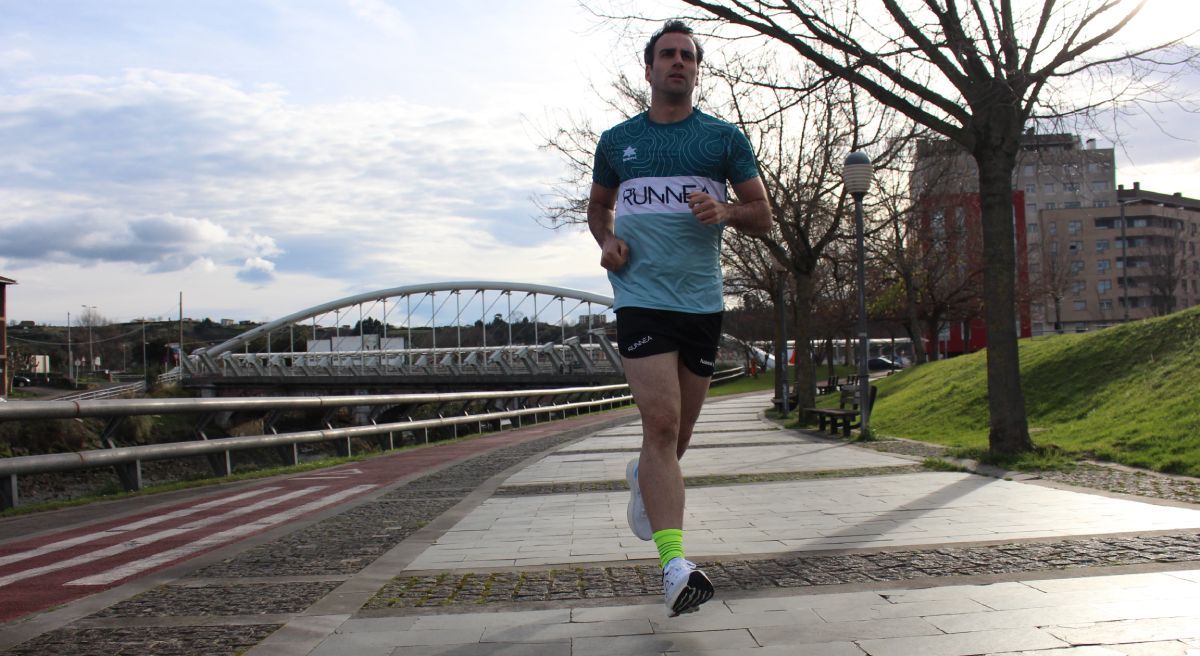
For a popular runner with some previous running experience but with the goal of fat loss using the 'Fat Max' method, we will structure an example of the first 4 weeks of a training plan where the intensity will be around 60 of maximum heart rate. This plan will also integrate cross and high intensity workouts and active breaks to improve efficiency and avoid overtraining.
Week 1
- Monday: 40 minutes of light jogging.
Focus: Maintain 60 of HRM.
Analysis: Monitor comfort and effort level. - Wednesday: 40 minutes of jogging with 5 intervals of 1 minute at 70% of HRM
Focus: Introduce slight increases in intensity.
Analysis: Observe recovery after intervals. - Friday: 40 minutes of light jogging
Focus: Maintain a steady pace at 60 of HRCM.
Analysis: Evaluate consistency in breathing and heart rate. - Sunday: 45 minutes of jogging on varied terrain
Focus: Navigate different elevations while maintaining 65% of MHR.
Analysis: Note changes in effort due to varying terrain.
Week 2
- Monday: 45 minutes of gentle jogging
Focus: Maintain a constant heart rate.
Analysis: Muscle sensations and overall fatigue level. - Wednesday: 50 minutes including 10 minutes of brisk walking
Focus: Incorporate brisk walking to diversify stimulus.
Analysis: Compare sensations between jogging and brisk walking. - Friday: 45 minutes of jogging with changes of pace (Fartlek 3 minutes at 90% intensity and 2 minutes at 60 intensity)
Focus: Implement slight speed variations.
Analysis: Resilience and adaptability to changes of pace. - Sunday: 50 minutes of jogging, part of it in slight ascent
Focus: Increase load with gentle ascents.
Analysis: Behavior of the FCM in ascents and recovery in descents. The average heart rate of the session cannot exceed 75% of the maximum heart rate.
Week 3
- Monday: 50 minutes of jogging with 2x5 minutes at 85% of FCM
Focus: More intense intervals to improve endurance.
Analysis: Post-interval recovery capacity. - Wednesday: 45 minutes of jogging, including 15 minutes of light trail running
Focus: Incorporate uneven terrain to improve agility.
Analysis: Muscle adaptation and coordination on uneven terrain. - Friday: 50 minutes of light jogging with emphasis on technique
Focus: Improve running efficiency.
Analysis : Consistency and economy in running technique. - Sunday: 60 minute long run at 'Fat Max' pace
Focus: Endurance testing at 'Fat Max' intensity.
Analysis: Long term durability and consistency in the 'Fat Max' zone.
Week 4
- Week 4: Refining and Recovery
Monday: 50 minute jog with final 15 minute cool down
Focus: Begin to reduce training load.
Analysis: Feelings during cool down. - Wednesday: 40 minutes of gentle running on flat terrain
Focus: Maintaining heart rate in the low range.
Analysis: Level of ease or difficulty in maintaining a gentle pace. - Friday: 30 minutes of training 8 sets of 2 minutes at 90-95% of our HR with 1 minute rest between sets. Followed by 5 minutes of very gentle jogging and stretching
Focus: High intensity session.
Analysis: Effectiveness of stretching on recovery. - Sunday: 65 minute run at 'Fat Max' pace with terrain variations
Focus: Simulate a more challenging run.
Analysis : Adaptability and response to different terrain stimuli.
Best strategy: Combine Fat Max with high-intensity sessions
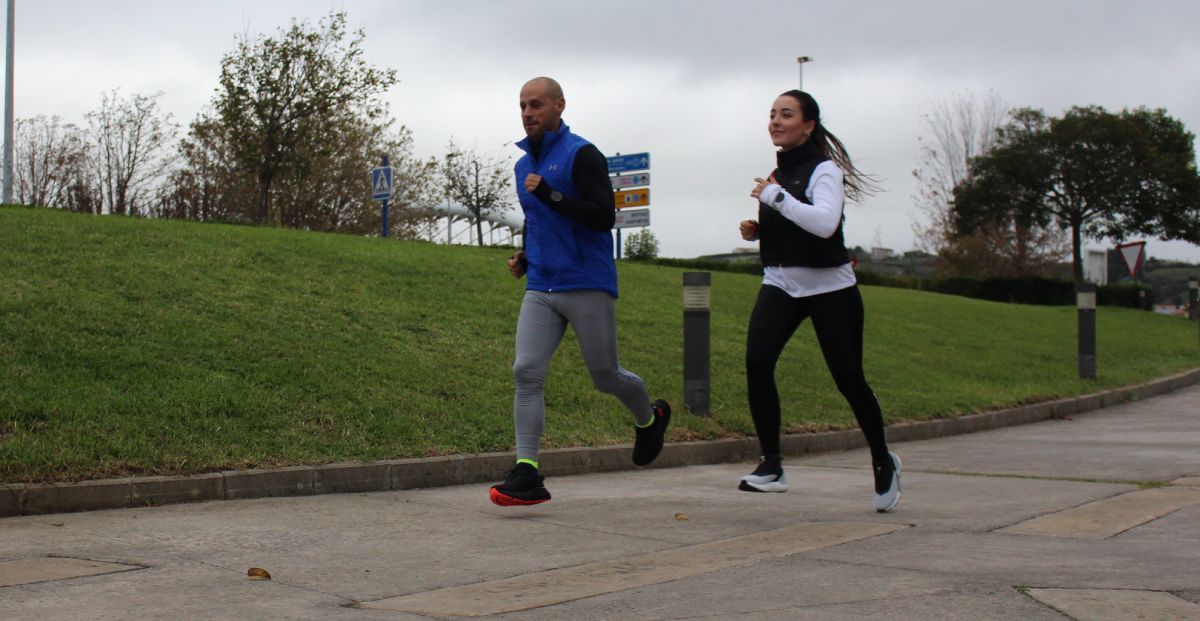
Combining high-intensity intervals with longer workouts at lower paces is, according to scientific evidence, the best method for burning a higher percentage of fat.
If you are a popular runner with some experience you should not only focus on the "fat burning zone": You can combine low intensity sessions with high intensity sessions in your training plan.
The key to fat loss is to expend more calories than you consume, regardless of whether the calories burned during exercise come from fat or carbohydrates.
High-intensity exercise will not only help you lose fat, but it will also improve your cardiovascular performance.
Read more news about: Running Training
